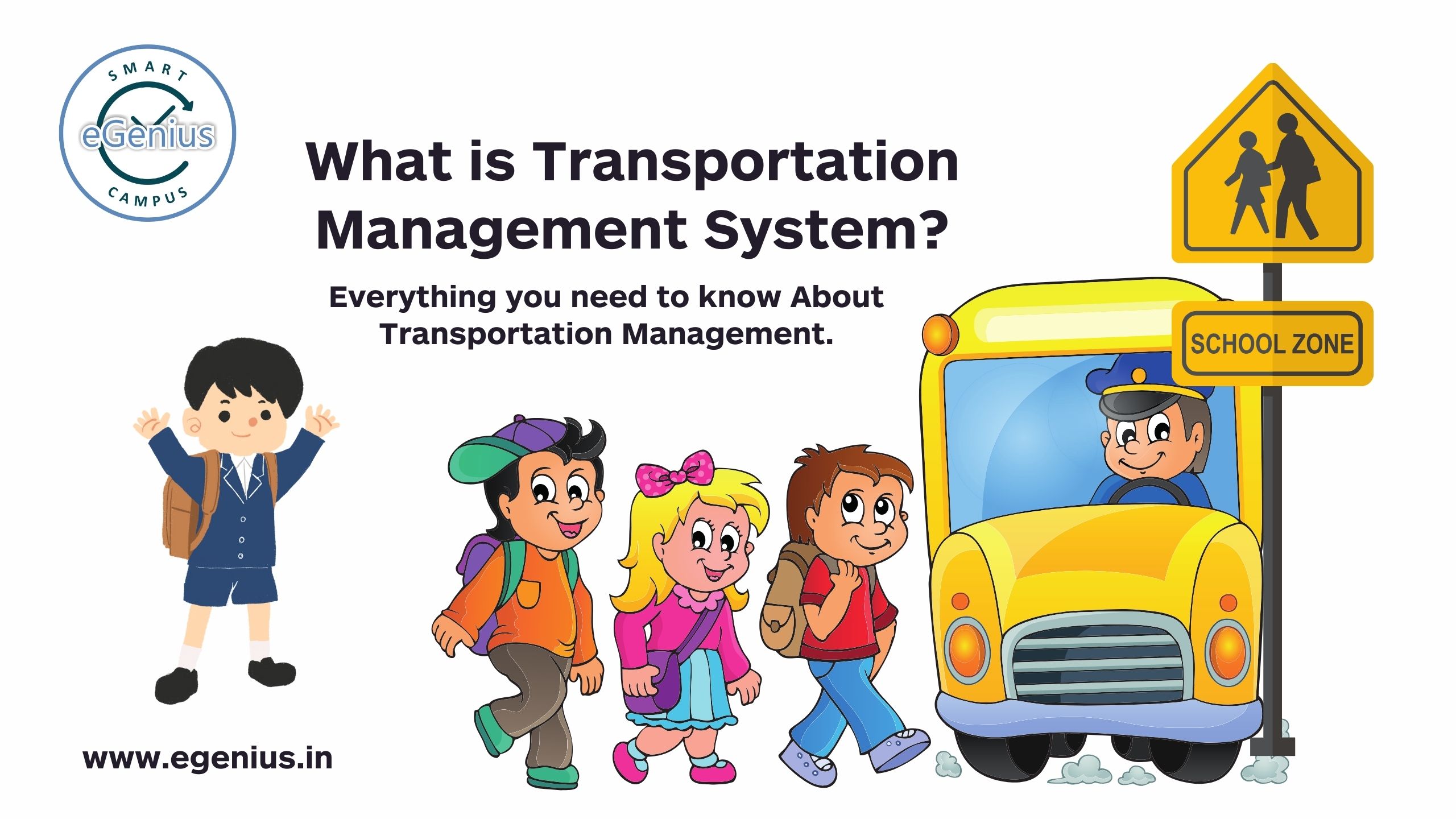Organized transportation is crucial for schools, colleges, and universities in our rapidly changing world. Managing transportation effectively ensures punctual arrival of students and staff, enhancing operational efficiency. A Transportation Management System (TMS) transforms how schools address transportation needs.
What is a Transportation Management System?
A Transportation Management System (TMS) serves as a comprehensive solution to streamline and enhance various transportation processes. It encompasses features like route planning, vehicle tracking, scheduling, and fleet management. Through innovative technologies such as GPS tracking and computerized scheduling algorithms, TMS enables organizations to manage their transportation resources accurately and efficiently.
Why is it Important?
Transportation is a cornerstone of daily operations for educational institutions, facilitating tasks such as ferrying students to school, shuttling faculty between campuses, and organizing transport for extracurricular activities. Effective management of transportation is paramount, ensuring optimized routes, minimal delays, and passenger safety and comfort. A Transport Management System (TMS) plays a crucial role in achieving these objectives.
Who Uses It?
Any school, regardless of size, benefits from implementing a Transportation Management System (TMS). School administrators, transportation coordinators, and fleet managers rely on TMS to streamline operations. It provides real-time vehicle tracking, optimal route planning, and automated scheduling, enabling better decision-making and enhancing overall efficiency.
Stats: Making the Point Clear
Studies released not long ago say that when organizations use a Transportation Management System, their transportation works much better.
Schools and colleges say that transportation costs have gone down by up to 20% and travel times have cut by up to 30% on average.
TMS also helps improve safety by tracking and sending alerts in real time for speeding, hard braking, and other risky behaviors.
How Does Transportation Management System Work?
A Transportation Management System is made up of both software and hardware parts that work together. GPS-enabled gadgets in cars send real-time information about where they are to a central software platform. This platform utilizes sophisticated algorithms to analyze this data, optimize routes, and generate efficient schedules. The TMS has an easy-to-use interface that lets users keep an eye on moving vehicles, keep track of arrivals and exits, and easily talk to drivers.
Some important parts of a Transportation management system are:
Route Optimization: Dynamically optimize routes based on factors such as traffic conditions, weather, and vehicle capacity.
Real-Time Tracking: Monitor vehicle locations and state in real-time, allowing for proactive management and quick reaction to incidents.
Communication Tools: Facilitate communication between drivers, administrators, and passengers through messaging and notification features.
Reporting and Analytics: Gain insights into transportation efficiency through comprehensive reporting and analytics tools, enabling data-driven decision-making.
How Will It Solve the Problem?
Transportation problems like inefficient routes, late arrivals, and not using resources to their full potential can have a big effect on how schools work. Putting in place a Transportation Management System is the best way to deal with these problems. TMS improves resource allocation, cuts down on travel times, and finds the best routes. This saves money, makes schools safer, and makes students, parents, and staff happier.
Benefits: Driving Towards Success
A Transportation Management System is useful for more than just making operations run more smoothly. Here are some of the most important benefits:
Cost Savings: By optimizing routes and reducing fuel consumption, institutions can achieve substantial cost savings.
Enhanced Safety: Real-time tracking and alerts help mitigate risks and ensure the safety of passengers.
Better efficiency: Streamlining processes and automating jobs make things run more smoothly and quickly.
Customer Satisfaction: Timely arrivals, convenient scheduling, and proactive communication contribute to higher levels of satisfaction among students, parents, and staff.
Future Outlook: Towards a Connected Transportation Ecosystem
With advancing technology, transportation management faces thrilling prospects. Self-driving cars, predictive analytics, and integrated mobility platforms are poised to revolutionize how organizations handle transportation. Educational institutions can stay ahead by adopting these modern technologies and utilizing Transportation Management Systems.
Conclusion:
Transportation Management System is not just a tool for managing vehicles; it is a catalyst for transformation. By optimizing routes, enhancing safety, and improving efficiency, TMS empowers educational institutions to overcome transportation challenges and deliver exceptional service to their students, faculty, and staff. As we look towards the future, the importance of TMS in shaping the transportation landscape of tomorrow cannot be overstated.
Unlock the potential of efficient organization with eGenius Transportation Management System. From real-time tracking to route optimization, streamline your operations and boost productivity. Explore tailored solutions to reduce costs and elevate customer satisfaction. Visit eGenius today to revolutionize your transportation management strategy.
